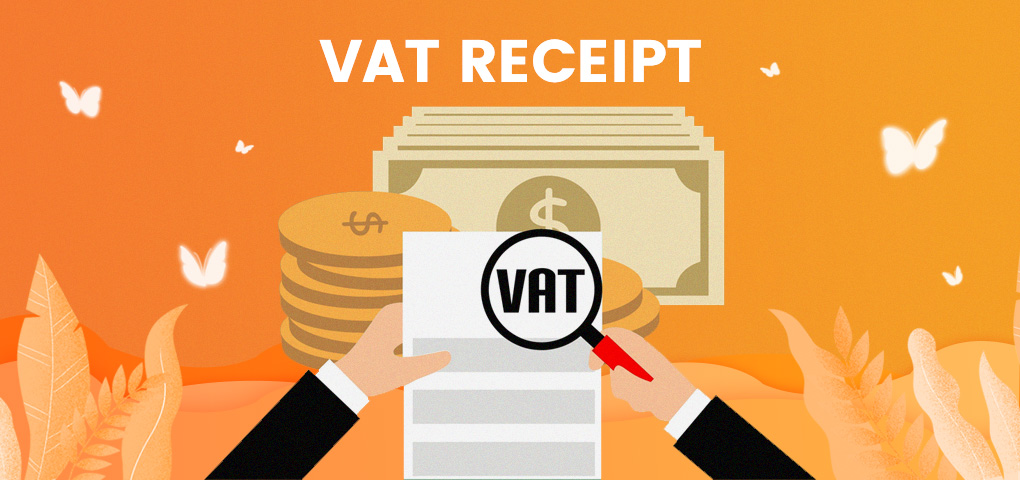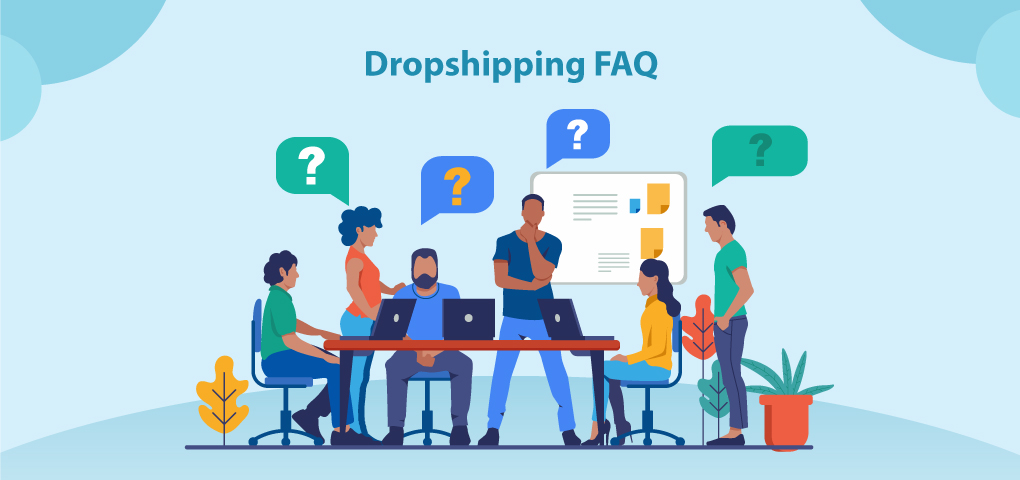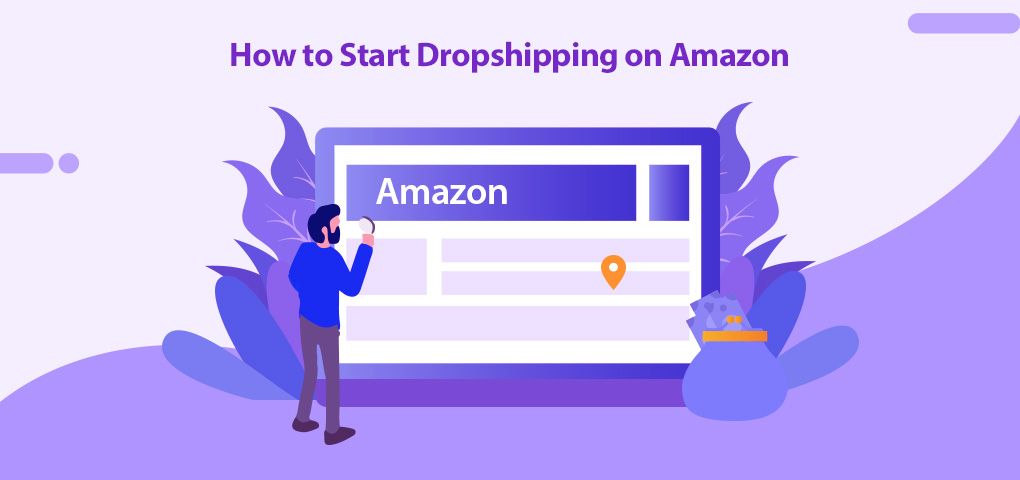From 1 February 2020, the United Kingdom (UK) is not, at this point, a part of the European Union (EU). The UK was under an implementation period. The implementation period was from 1 February 2020 to 31st December 2021. Within the implementation period, the EU and UK tried to arrange a Free Trade Agreement. This incorporated future tariffs and customs controls on goods' movements. The UK left the EU VAT regime, Customs Union and Single Market from 1 January 2021. It further implies the passing of the scope of consistent improvements and the imposition of customs announcements, goods guidelines, services, import VAT, and VAT receipt.
You’re needed to enroll for VAT once you pass the earning threshold. And afterward, you’re obliged to keep up your VAT accounting records. HMRC can charge huge fines to organizations that neglect to submit VAT precisely. Late documenting, late payment, and inaccurate data can likewise be vigorously punished. Ensure your returns are precise and on schedule. This article is returned explicitly for you to ease the understanding of VAT Receipt and submission dates. So, you do not need to be confused over new changes and VAT rules.
VAT Changes on your Ecommerce Business
The UK authoritatively left the EU on 31 January 2020, and a large portion of 2020 was spent in the transition period. It finished on 31 December 2020, and new standards were executed on 1 January 2021. Until the finish of the transition time frame, organizations didn't need to roll out any changes to proceed with everyday business. The UK stayed inside the EU customs and VAT regime; for instance, this implied there were no exchange borders between the UK and EU nations, and accordingly, no traditions conventions.
However, changes are presently made for organizations that import or export to the EU. The UK keeps on imposing VAT, and the guidelines identifying with UK domestic transactions keep on applying to organizations as they did beforehand. VAT methods generally stay as those before 31 December 2020; however, there are a few changes to the VAT rules and methodology for transactions between the UK and EU states.
● The UK will presently don’t need to follow the EU VAT Directive standards into its VAT Act. For instance, it will presently don’t need to keep a base VAT rate of 15%. However, since its VAT rate is 20%, and the consumption tax represents very nearly 33% of tax revenues, any reduction is exceptionally improbable.
● Low-Value Consignment Relief, which relieves goods valued at £15 or less to import VAT, will be abolished.
● Online Marketplaces will have the responsibility of accounting and collecting the VAT.
● There are few changes on the Brexit VAT on services for B2B after the UK left the EU VAT regime. The reverse charge will, in any case, apply. Later on, the UK may veer off from a portion of the enjoyment and usage rules. There are changes on individual cross-border B2C administrations to EU buyers (and vice-a-versa).
● Any UK organization enrolled for VAT in an EU Member State in which they are not citizens may need to choose a fiscal representative. It will expand compliance costs. The fiscal representative will charge for its administrations and likewise require a bank guarantee to be given, given the budgetary representative is mutually obligated for any VAT obligations. There are irregularities in the EU Member States concerning whether this is required; thus, every nation's situation should be considered.
● Tour Operators Margin Scheme (TOMS) is an EU VAT rearrangement planned to evade the organization’s requirement to sell holiday and travel packages to VAT register in every EU Member States piece of the package happens. HMRC has affirmed that the UK will hold its TOMS rules and that package holidays in the EU will be liable to zero-rated UK VAT, and UK holiday packages will be dependent upon the standard rate of UK VAT.
● VAT enlisted UK organizations keep on having the option to zero-rate deals of goods to EU organizations. EU states will treat goods entering the EU from the UK similarly as products entering from other non-EU nations. It implies import VAT and any legal obligations (taxes) are expected when the goods show up in the EU. Organizations might have the option to utilize the Common Transit Convention (CTC) to finish a few methodologies away from the line and concede import VAT and customs duty until products arrive at their last destination. An assurance might be expected to cover import VAT or customs duty while the goods are being moved. Yet, new techniques are being actualized to limit the number of organizations that will require an assurance.
● For UK organizations providing digital services to non-business clients in the EU, the ‘place of supply’ keeps on being the place where the client resides. VAT on those services is expected in the EU state in which the client resides.
● For UK organizations providing finance and insurance services, the input VAT deduction rules changed from 1 January 2021, as provisions that were beforehand excluded become outside the scope of recovery, in this way aligning with the current principles for conditions of such services to clients outside the EU.
● UK organizations that had been utilizing the UK VAT MOSS union plan can keep on using the framework; however, should enroll for the VAT MOSS non-union scheme in an EU state. For organizations needing to keep utilizing MOSS, they should enlist for the scheme by the tenth day of the month following their first deal after the UK exits the EU. For instance, register by 10 February 2021 if a sale is made in January 2021.
● VAT Refund: Before the end of the transition period, a UK business could recover VAT brought about in other EU nations utilizing a digital system. In any case, organizations are not, at this point, ready to use that system.
UK organizations can claim VAT refunds from EU states; however, it should be finished utilizing the current recovery framework for non-EU organizations. How the recovery framework works shifts across every EU country, so organizations should check the exact necessities in every EU country where they charge VAT.
What is a VAT Receipt?
If you have crossed the VAT threshold and are registered, it is no doubt that you have been counseled by your accountant to always obtain a VAT receipt (or invoice) from your suppliers.
A VAT receipt is generally given by the supplier who provides goods to you, who is the customer. It displays several details, including tax date, the supplier's VAT registration number, and the gross amount paid for the goods and services. However, customers may note that email correspondence, letters, and delivery notes or receipts do not fall under the ambit of VAT receipts. You will not be able to reclaim the VAT rebate using these documents.
To validly qualify for VAT rebate on the purchases that you have conducted on behalf of the business, you will need an authentic receipt, also termed as a VAT invoice, as a legitimate proof of purchase. In cases where the business owner does not have a valid VAT receipt, the rebate amount is often not generated.
VAT Receipt Details
A valid VAT receipt should entail all of the following details:
● A special invoice number mentioned on the receipt
● The seller's name or the business' official trading name and address
● The seller's VAT registration number
● The date on which the receipt was issued
● The tax date involves the date of supply and is also known as the tax point
● Your name or the business name under which you conduct trade and your business address (i.e., the customer)
● A detailed description of the goods or services supplied by the trading party
Simplified VAT Receipts
It is not always that all VAT receipts will include the information mentioned above. Retailers can also provide you with a less detailed invoice for sales that are under £250 (including VAT). Apart from this, they might not issue an invoice altogether unless the customer requests it. A simplified VAT receipt entails:
● Seller's details, including the name and address
● VAT registration number of the seller
● The date of supply or the tax point
● A detailed description of the goods
If the sale involves items priced at different VAT rates, then for each different VAT rate, the simplified VAT receipt must exhibit:
● Gross price including the amount of VAT
● The product VAT rate applied to every item
To illustrate the above scenario, let's take a brief example. Consider if you buy an electrical product from Tesco for your business (such as a new computer). As a result, the price you pay will include VAT charged at the standard rate, which is set at 20%. However, if you also buy postage stamps for your business while you are present in the store, these will not include VAT since they are not charged the tax, to begin with. Since the selling involves different product items at different VAT rates, the receipt must display the rate separately.
How to get a VAT Receipt?
It is effortless to get a VAT receipt. You can simply ask your supplier to provide you with one. However, if you are sourcing your products from Amazon, here's how you can get your Amazon VAT receipt:
● You can print your VAT invoice as soon as your products are dispatched.
● You can go to your orders and select 'View Order Details' that is present right next to the order.
● However, if you cannot see the order you are looking for, you can select 'Orders placed in' from the menu.
● Once you have opened your order details, you will be able to print your invoice with the provided option.
It could also be that you received your VAT receipt in your email upon order confirmation. Apart from this, if you are purchasing products for your dropshipping business from eBay, follow the below steps to obtain your eBay VAT receipt:
● Getting a VAT receipt on eBay can be cumbersome, as the platform has deliberately hidden who the seller is on the Order Confirmation.
● A standard eBay invoice entails the seller's eBay username, the item purchased and the price paid.
● However, individuals will manually have to go to the item listing, copy the details of the seller's VAT number and write them on the eBay order confirmation invoice.
Either way, obtaining a VAT receipt from both platforms is thoroughly explained in the above steps. Individuals might need a VAT receipt if they are starting a new dropshipping business. Regardless of the model, any business will require a valid VAT receipt to avail of the rebate. However, if you do opt for dropshipping as your business model, you might be spared from maintaining an inventory and other different things that come with it. In such a case, you can solely focus on expanding your business while the platform where you source your supplies takes care of your VAT receipts and other details.
SaleYee.com as your Trustworthy Dropshipping Supplier
With 24/7 customer support service through chat and call, SaleYee is a reliable supplier who caters to the diverse requirements of dropshippers. All those who are planning to begin their dropshipping business can start with sourcing their items from SaleYee.com. The platform entails a wide range of products and, as a result, offers various products to its clients. SaleYee is an excellent supplier platform that provides tracking services to know where your products have reached effectively. Notably, as an online marketplace, SaleYee is legally required to account for VAT for dropshipping sellers. The related information can be checked on SaleYee.com.
Conclusion
The Brexit withdrawal period has brought about numerous UK VAT rule changes, and associations should adjust to new VAT accounting game plans. It’s suggested that associations audit their deals and sales exchanges and regulatory processes to guarantee that any progressions to the VAT rules have been recognized. It will help guard against sudden expenses.




